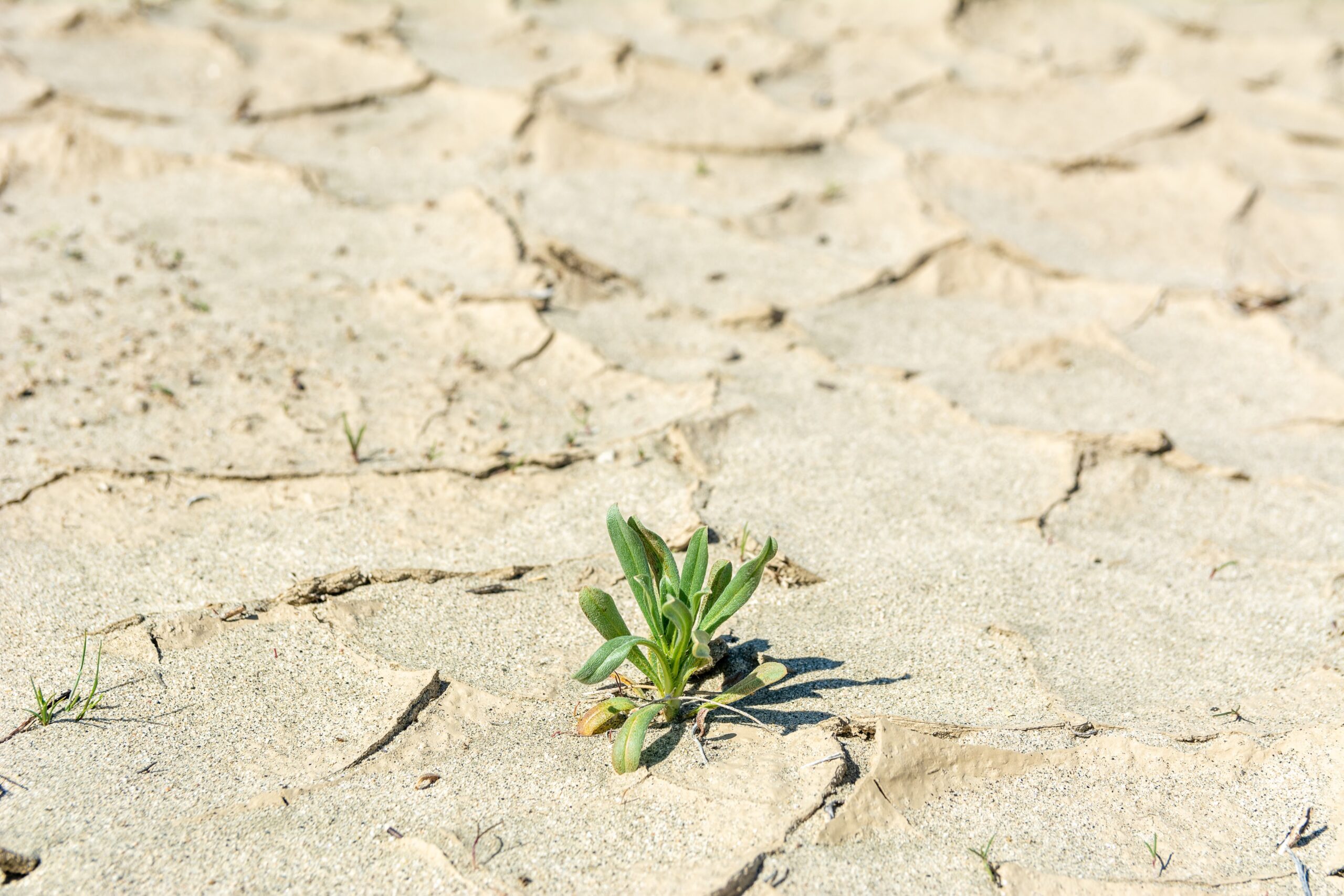
“Because the rain came at the right time, we have happy vines.”
—Chris Howell
“Dying for rain (California Supplement),” Decanter, 2014:
Californian winemakers predict a dire reduction in yields due to near drought-like conditions. Elin McCoy finds water politics top of the agenda
THIS PAST JANUARY, California’s grape growers and winemakers were predicting a disastrous harvest. It hadn’t rained for more than a year in most wine regions and meteorologists were calling the long drought the worst in over a century. My inbox was filled with photos showing dried-up reservoir ponds and vineyard spots that looked like deserts. Media reports dwelled gloomily on dramatic, doomsday scenarios.
But will California’s drought affect the wines of 2014. Will the supply of wine drop and prices skyrocket? How much will the quality of the wines suffer?
Since those early reports, rain fell in February in some regions. Most of California’s annual rainfall occurs between November and March, with the heaviest rains in January and February. In Napa, the skies opened just in time. By the end of February, nearly 50cm had fallen at Cain Vineyards on Spring Mountain. Nature, as all winemakers know, is highly unpredictable.
The situation is now far less dire than it seemed in January, but conditions vary considerably and the growing season isn’t over yet. Plus this is the third year in a row that lack of rain has frayed wine country nerves. Extra storms in February and March stopped apocalyptic talk in the Napa Valley. ‘Because the rain came at the right time, we have happy vines,’ says Chris Howell, GM and winemaker at Cain Vineyard. Still, he points out that the amount they received by the end of March was only half of what they usually get.
Statewide variations
Down in Paso Robles, the situation is very different. Many winegrowers anticipate their grape production could fall by as much as 25%.
And despite the rain, many wineries in Mendocino and growers throughout the Central Valley are still feeling the pinch. It takes 600 to 800 grapes and around 150 litres of water to make a bottle of wine. Most of California’s wineries depend on water for irrigation during the spring and summer growing season, as well as for frost protection in vineyards during March to mid-May- and towns in Mendocino were running out of drinking water.
Zac Robinson, whose family owns Husch Vineyards in Mendocino’s Anderson Valley, explained in early June, ‘We had a 90-day reprieve, but in the last 30 days, about two-thirds of Mendo grape growers and wineries have had to cut at least some of the grapes to reduce crops.’ The Navarro river is almost dry. And in Redwood Valley, the water district board voted in April to cut off all water from the Russian River to the district’s wineries.
What’s the ultimate effects of the drought on vines? If there’s not enough water, they simply shut down to save themselves. Excessive drought stress inhibits growth, suppresses ripening, and can decrease grape quality.
Water is even more important in a drought year when temperatures soar. The famous Heintz Vineyards in Sonoma, tapped by Ted Lemon of Littorai for one of his great single-vineyard Chardonnays, is mostly dry-farmed, but owner Charles Heintz says he uses drip irrigation when temperatures hit 35°C. ‘Once grapes start to dehydrate, they can’t come back from that,’ he says.
Other growers are pruning more severely than usual to concentrate the vines’ energy, or taking their less valuable grape plantings out of production. In Paso Robles, long-time grape grower John Crossland, whose company Vineyard Professional Services manages over 1,200 hectares of vineyards, is using probes in vineyards to help calculate precisely how much water the vines need.
Many winemakers say harvest will be early by a few weeks, which would help. As would a cool summer.
California’s water for all uses comes from various sources—rivers, lakes, reservoirs and wells. Who gets what and how much is governed by byzantine politics and water rights agreements that date back as far as a century. ‘So far,’ says Howell with a note of resignation, ‘we don’t have a coherent system.’ Which is why water management is now the front-burner topic everywhere.
And the effect on the wines? ‘In the drought years of the late 1970s, wine quality was excellent,’ says Celia Welch, consultant for several Napa Valley wineries who also makes her own wine, Corra. ‘With drought, you always get lower yields, and the grapes are smaller, with thicker skins, which means more tannic, intense wines.’
This doesn’t sound so bad. But the real worry for wineries is the long term. Drought has a cumulative effect on vineyards that will be felt in 2015 and beyond. ‘The vines,’ says Howell, ‘have a memory.’
By Elin McCoy. Award-winning journalist and author Elin McCoy writes for a variety of publications, including Bloomberg News

